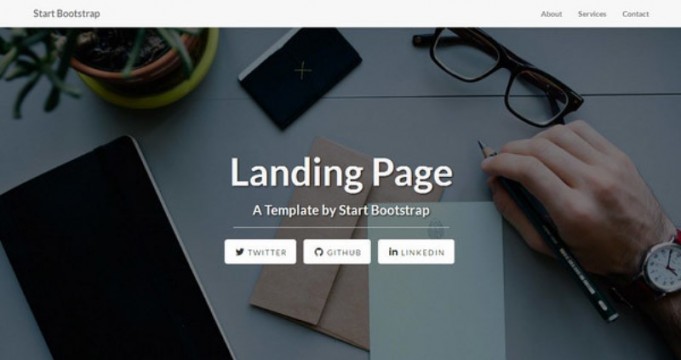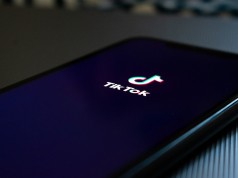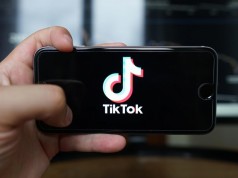A high-converting landing page can change your business to becoming more effective. Once you have a landing page that you know will get you customers, it is a lot easier to run Facebook ads, PPC ads, email campaigns, and other digital marketing campaigns (podcast ads) that bring in, new customers. Of course, first, you need to know how to write a high-converting landing page. That means answering some tricky conversion rate optimization questions, like:
- How do I design a landing page?
- What should I write on my landing page?
- Should a landing page have navigation?
- How many landing pages should I have?
- What should a landing page include?
- How do I drive traffic to my landing page to know its traffic?
- How do I track landing pages in Google Analytics?
- What’s a good landing page conversion rate to know its conversion rate?
- How can I increase my landing page conversion rate?
And so on.
What Makes a High-Converting Landing Page?
This guide doesn’t answer all of those questions. It answers a lot of them – and where it doesn’t give you an answer right away, it usually links to a resource that will take care of things for you. What this guide does do is show you ways to write down a landing page that converts visitors into customers (or leads, or subscribers). It gives you a framework (the Rule of One) that takes the guesswork out of copywriting – and means you never have to start with a blank page. And it shows you exactly why high-converting landing pages convert because we can see the modification details, so that you can obtain your own high-converting landing pages whenever you require them.
The Rule of One is a framework that helps you create a powerful, high-converting copy. It states that your copywriting should:
- Target One Reader
- Present One Big Idea
- Make One Promise
- Offer One Offer
How to write a landing page and its details
Instead of scrambling to figure out what to put on a page (“What should my headline be? Where should I put my CTA? Which features should I highlight?”) the Rule of One helps you know exactly what to say.
Here’s how each piece of the Rule of One tells you what to write (from bottom to top of the page):
- One Offer: What are you offering your reader for details? What can you give them?
- One Promise: How does your offer change your reader for the better?
- One Big Idea: How do you hook someone? What makes them want to read this page?
- One Reader: Whom are you talking to, and what do they care about?
When you work backward from your “one offer,” each bit of your landing page design and copywriting falls into place.
The Rule of One: One Offer
What will you offer people on your landing page?
If you would like to understand the way to write a landing page that converts like hell, everything starts
with the offer.
The common landing page offers to include:
- Ebooks
- Email subscriptions
- Free trials
- Free demos
- Physical products
- Online courses
- Discount codes
- Free quotes
- Consultations
Choose an offer that appeals to your One Reader and makes One Promise (more on those in the next sections).
Hicks’s Law:
Hick’s Law states that it takes people longer to make a decision if they have more options to choose from. And the longer it takes to make a decision, the more likely people are to give up. Incredibly, adding more options can actually make people more likely to choose the worst available option.
Researchers Donald Redelmeier and Eldar Shafir gave doctors a 67-year old man’s medical history (chronic hip pain from osteoarthritis). After two-drug regimens, the patient’s options (for the doctors to choose from) were:
- Attempt a new drug treatment
- Surgery for osteoarthritis
72% of family doctors recommended conservative drug treatment before going through surgery. Another group of doctors got the same medical history, with one small change. This group was offered an additional choice:
- Attempt treatment with new drug A
- Attempt treatment with new drug B
- Surgery for osteoarthritis
In this group, 53% recommended surgery – even though either medication would have been a better choice!
Researcher’s Words:
“Apparently, the uncertainty choose between two similar medications led some physicians to avoid this decision altogether and recommend not starting any new medication.” Psychologist Barry Schwartz has built an academic career on this type of decision paralysis. In his book The Paradox of Choice, he reviews the psychology research on decision making – and shows why having more options can lead to worse decisions.









